How to Appreciate Art
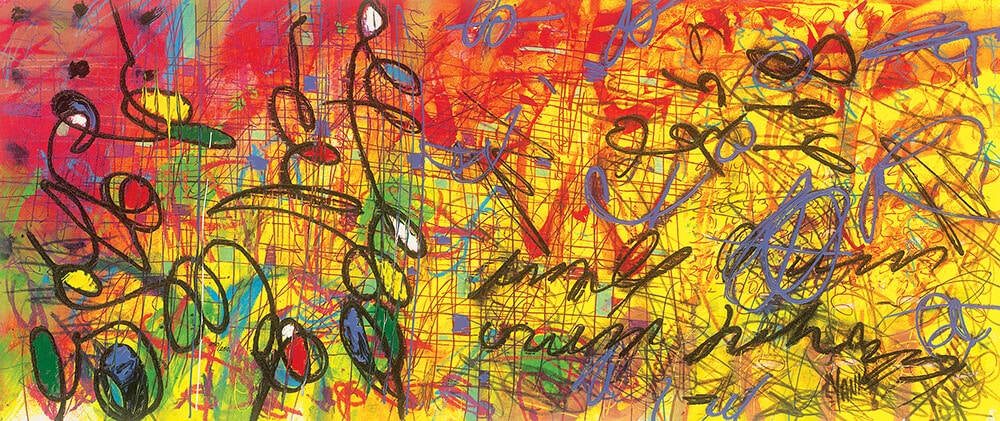
“Fox Trot” (2008), Tim Yanke
Unlocking the meaning behind a work of art is one of the many joys of viewing and collecting. But how do you appreciate art and actually interpret it?
Often, there is a veneer of elitism surrounding the art world, including the false idea that one must be “in-the-know” to truly appreciate artwork. Park West strives to remove this idea by making fine art available to everyone. One way to open the doors to the art world is by learning how to look at artwork.
Art can be and do many things; it can be an expression of emotions, it can represent a feeling or idea. Art can make statements or simply be aesthetically pleasing to the eye. Regardless of the type of art, artwork requires context in order to understand the meaning behind it.
By examining a work of art, clues about its meaning can be gleaned from within the work itself. Looking at and comprehending art is all about taking the time to view, identify and think.
Look at the Art
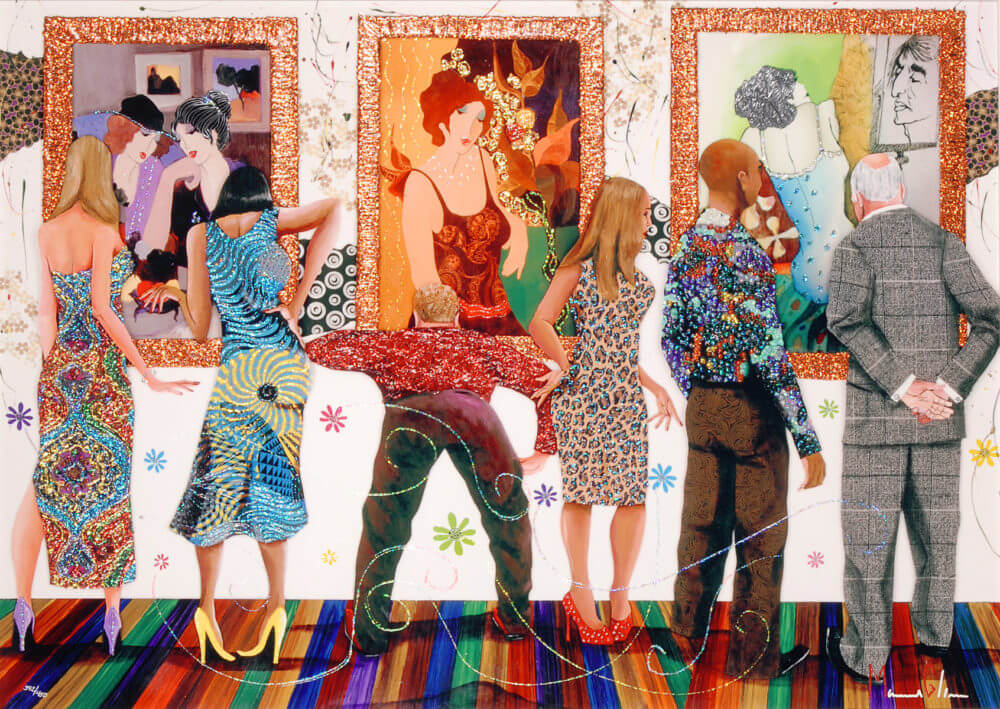
“Spectators at the Tarkay Exhibition” (2016), Marcus Glenn
Viewing the art seems like an obvious first step, but it’s more than quickly glancing at the art and drawing a conclusion. Before stepping back and taking the artwork in, take a moment to identify the artwork’s basic qualities:
- Is it a painting, sculpture, or graphic work?
- Is it on canvas or another medium?
- Is the texture rough or smooth?
- Does it appear chaotic or organized?
- Is it large or small?
- Are the colors bright or subdued?
All of these are elements the artist chose when designing the artwork, so they warrant consideration.
It is also valuable to consider whether a different vantage point changes the artwork. This is especially important for sculptures, or works of art by artists such as Yaacov Agam that transform at different angles.
Identify the Art and Artist
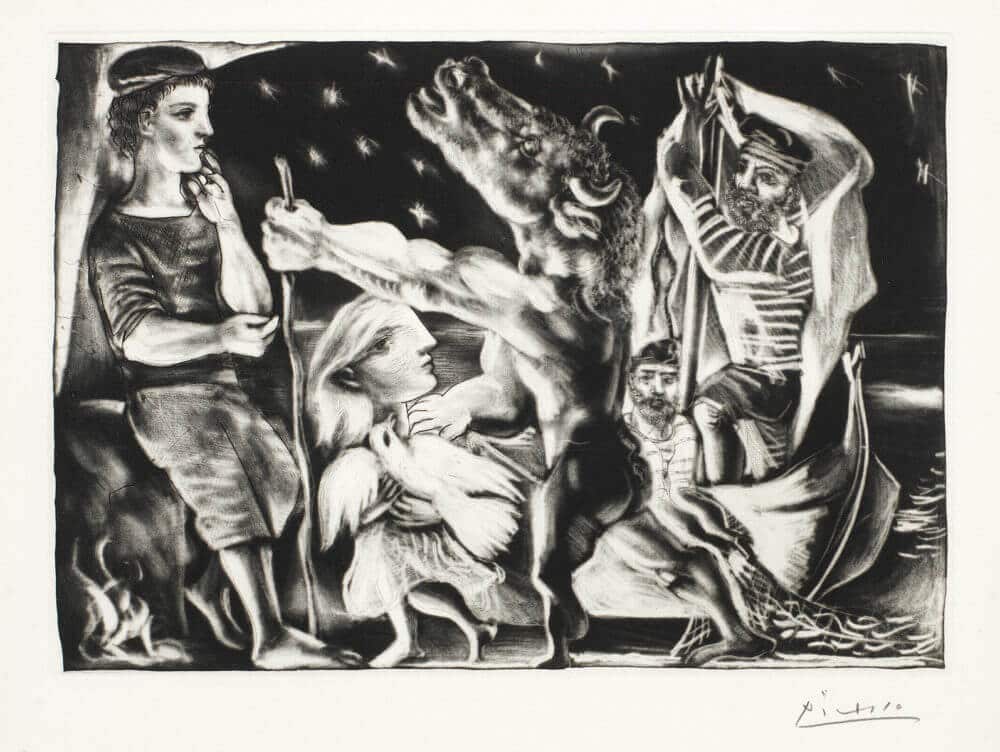
“Minotaure Aveugle Guide Par une Fillette Dans la Nuit” (1934), Pablo Picasso. From The Suite Vollard. B. 225; Ba. 437.
Aside from the visual elements listed above, knowing when or how the artwork was made reveals more context. The famous “Guernica” (1937) by Pablo Picasso is a sight to behold on its own, but knowing Picasso composed the painting in response to the bombing of the town of Guernica during the Spanish Civil War lends to understanding its anti-war symbolism.
Even if the historical context of an artwork is not apparent, knowing the year of its creation offers an idea as to the broader events taking place at the time.
In all cases, learning something about the artist undeniably adds to the appreciation of art. A fact as simple as “Tim Yanke loves listening to music when he paints” gives a solid base to use when viewing his art.
Think About the Meaning
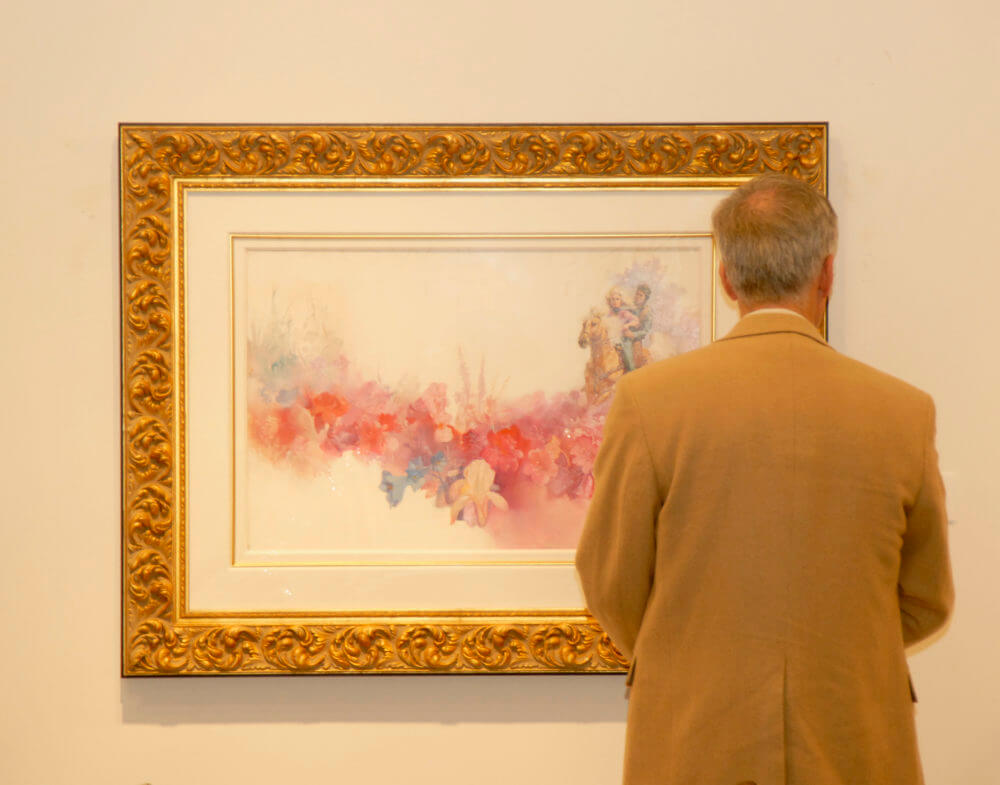
A collector views artwork by Pino at Park West Gallery.
Use what you observed in the first two steps to think about meanings and narratives the artwork could have. The title of the art is a good starting point.
Consider what the subjects or symbols meant to the artist when they created the artwork. What do the colors say about the artist, and how do they apply to the subjects in the art? For example, the owls in Lebo’s oeuvre could represent wisdom, but why are they so brightly colored?
Art like the luminous paintings of Thomas Kinkade are not as difficult to interpret. In the case of more abstract or conceptual art, there may not be literal depictions of subjects or ideas, and therefore require a bit more thought.
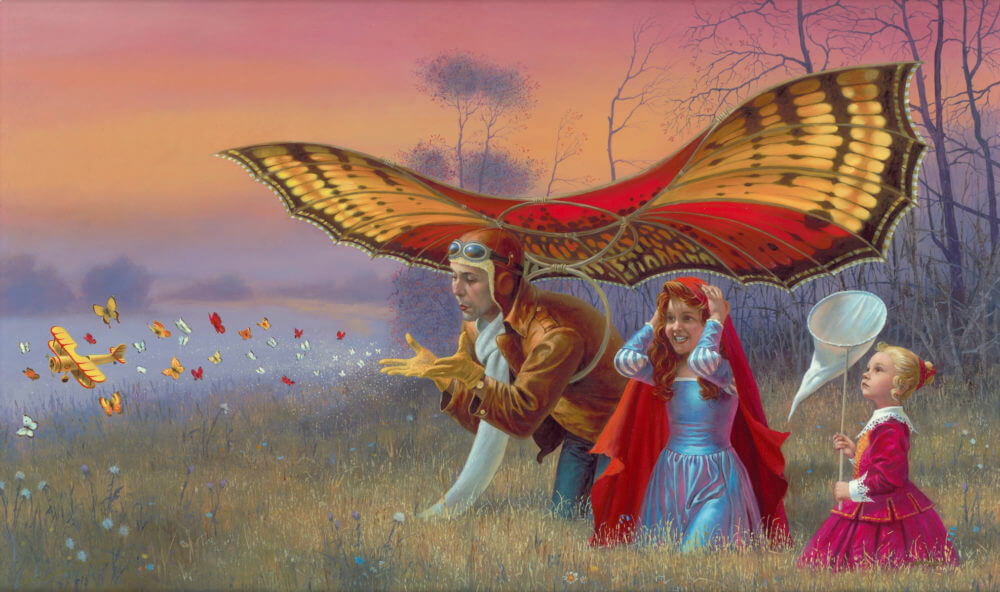
“Promises of the Parting Summer” (2016), Michael Cheval
In addition to the earlier questions, ask how the art makes you feel. Many artists, such as Michael Cheval, have specific meanings behind their art, but also encourage viewers to come up with their own interpretations. In this way, there is no “right” answer that must be reached to unlock the painting’s mysteries.
Still, every interpretation is not automatically correct, which is why the techniques described above are helpful in finding clues. It is surprising how much of what you already know lends itself to understanding a work of art, so asking the “Who?” “What?” “Where?” “When?” “Why?” and “How?” questions may lead to great insights.
Discover Your Tastes
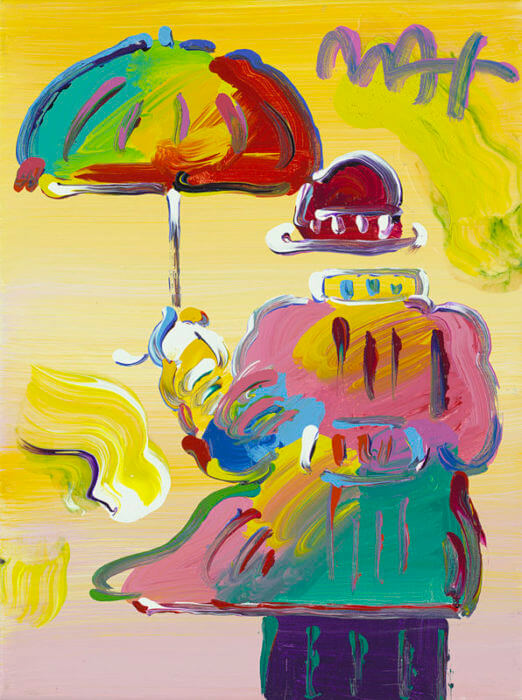
“Umbrella Man I Ver. XIII” (2016), Peter Max
Applying these techniques to every work of art you come across may seem daunting, but just remember one important fact: You don’t have to look at everything.
The idea of applying this technique to everything in a gallery is like going to a restaurant and eating every dish in one sitting. Doing so will probably leave you feeling overstuffed. Instead, find what you like and enjoy it, and know that if you want to try something different, it is available to you.
For instance, if you love photorealism but dislike abstract art, skip the abstract. Keeping an open mind, however, is always encouraged, so don’t be afraid to stop and observe something outside of your tastes.
The next time you are admiring a work of art, keep these techniques in mind, and its meaning may unfold before your eyes.
To try out your newfound powers of observation, register for Park West Gallery’s exciting online auctions!





